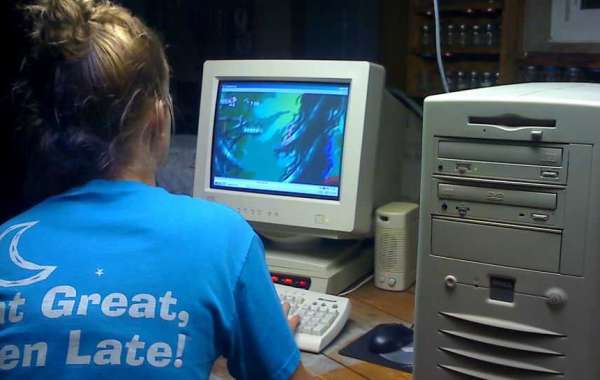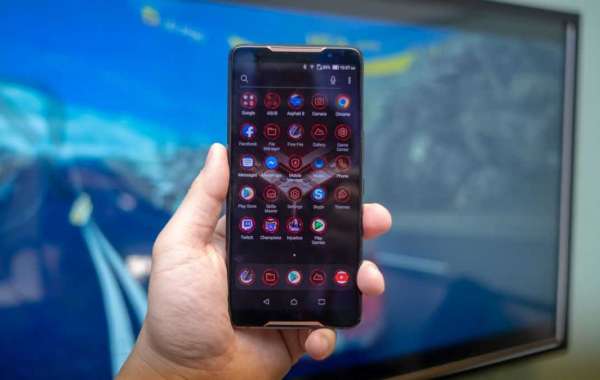Twenty years back today, Windows 98 was released onto the world. At the time, Microsoft was an altogether different organization, with Bill Gates still CEO – he didn't give over control to Steve Ballmer until the year 2000 moved around (in spite of the fact that he made the blustering Ballmer leader of Microsoft in 1998, only multi month after the crisp OS was discharged).
Windows 98 propelled joined by much exhibition on June 25, 1998, getting to be accessible in more than 40 nations over the globe, and going marked down in excess of 12,000 retail outlets in the US.
This was the much-anticipated follow-up to Windows 95, which had been discharged three years beforehand and had rolled out some gigantic improvements to introduce the period of the contemporary Windows work area OS. These progressions included going 32-bit, booting without any preparation (rather than being 'physically' started up from DOS), and getting the commonplace UI which highlighted the Start menu and taskbar.
In this way, some time ago, Windows 98 had a considerable measure to satisfy. Furthermore, by its exceptionally nature this OS was more about refining and sharpening Windows 95, as opposed to rolling out gigantic improvements to Microsoft's work area stage.
So, there are unquestionably regions where Windows 98 had a constructive outcome, and to pay tribute to its twentieth birthday celebration we will glance back at those features – and also its shakier focuses – and weigh up regardless of whether this working framework's commemoration is genuinely a reason for festivity.
Smoother cruising
A standout amongst the most essential changes Windows 98 made was to execute an entire host of changes to address the different bugs which had left around the internal workings of Windows 95.
There were heaps of bug fixes, and execution was covered up by and large, which was clearly welcome – in spite of the fact that something that should have been incorporated into Windows 95 in any case. In this way, less a positive but rather more the expulsion of a negative, yet at the same time something to be thankful for in any case.
Windows 98 was absolutely a more steady working framework, and it likewise enhanced things on the equipment similarity front with USB bolster, opening up a radical new universe of peripherals for clients. While, in fact, Windows 95 kicked off USB bolster with later forms, it was not really dependable.
Side note: a standout amongst the most popular tech demo falls flat was Bill Gates flaunting Windows 98 by endeavoring to fitting and-play with a scanner, aside from everything turns out badly – on live TV no less.
Despite the fact that, as Microsoft's CEO at the time quickly calls attention to (as should be obvious in the video underneath), this was a pre-shipping duplicate of the OS. USB bolster showed signs of improvement with Windows 98, and was additionally refined with Windows 98 SE (which remained for Second Edition – the refreshed adaptation discharged in 1999 which likewise enhanced things on the systems administration agree with components like web association sharing).
Things being what they are, Windows 98 felt better – more streamlined and stable than its ancestor – yet improved? On the interface front, as we said previously, Windows 95 rolled out the huge improvement with the presentation of what we know as the contemporary Windows-style UI worked around the Start menu. What's more, Windows 98 just kept that center interface, overall, however there were unquestionably changes made by Microsoft.
Web wonderment
The real move was making the work area interface more web-like, taking into account a website page style introduction in specific components of the UI, giving you, for instance, joins for help and bolster inserted in the Control Panel in the event that you stalled out.
Single-tapping on a symbol could start up an application or trigger a capacity, reflecting the way that you just expected to click once on anything in your program to actuate it. Work area gadgets that could be refreshed continuously with data pulled from the web turned into a thing, and this attack of the web on the work area was extremely about Microsoft coordinating its Internet Explorer 4.0 program into the OS.
In fact, in the event that you introduced Internet Explorer 4.0 on a Windows 95 machine, you'd utilize much the same UI; so this was not really progressive for Windows 98. Likewise take note of that you could stout for an exemplary work area in Windows 98, and you didn't need to turn all the web gubbins on – you could simply keep running with some custom components of the last mentioned (or none by any stretch of the imagination).
One quality here was the manner by which you could tailor the interface to your loving, which was similarly too, as a number clients at the time felt that the web stuff could act as a burden (especially a portion of the more meddling components).
Another speedy aside: this immediate combination of Internet Explorer into Windows prompted allegations of Microsoft unreasonably utilizing its own internet browser over opponent endeavors (like Netscape), and a major hostile to confide in activity was propelled against the product goliath later in 1998 (one that about brought about the organization being persuasively part into two). Unquestionably there were significant question marks over Microsoft's state of mind here, and allegations that the firm had turned into the domineering jerk of the product world.
Office/Teacher
Windows 98 is 20 years old today: but is it an OS worth celebrating?

What’s more appropriate – a ticker-tape parade or a toilet paper pelting?







